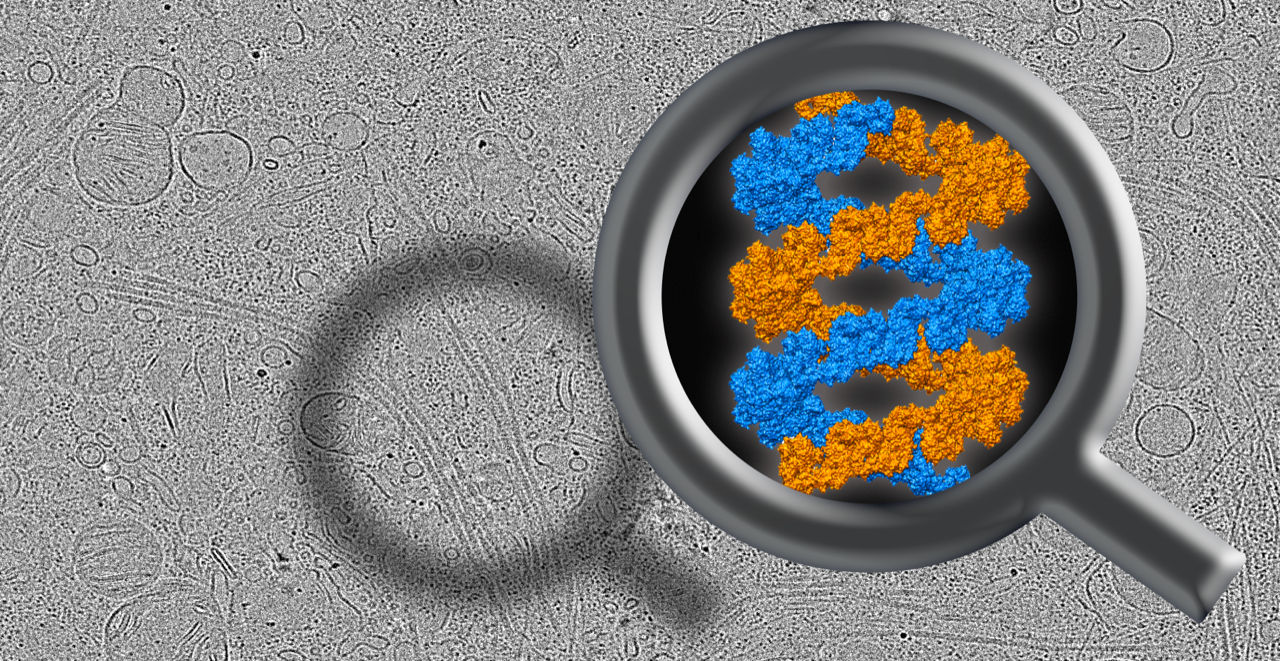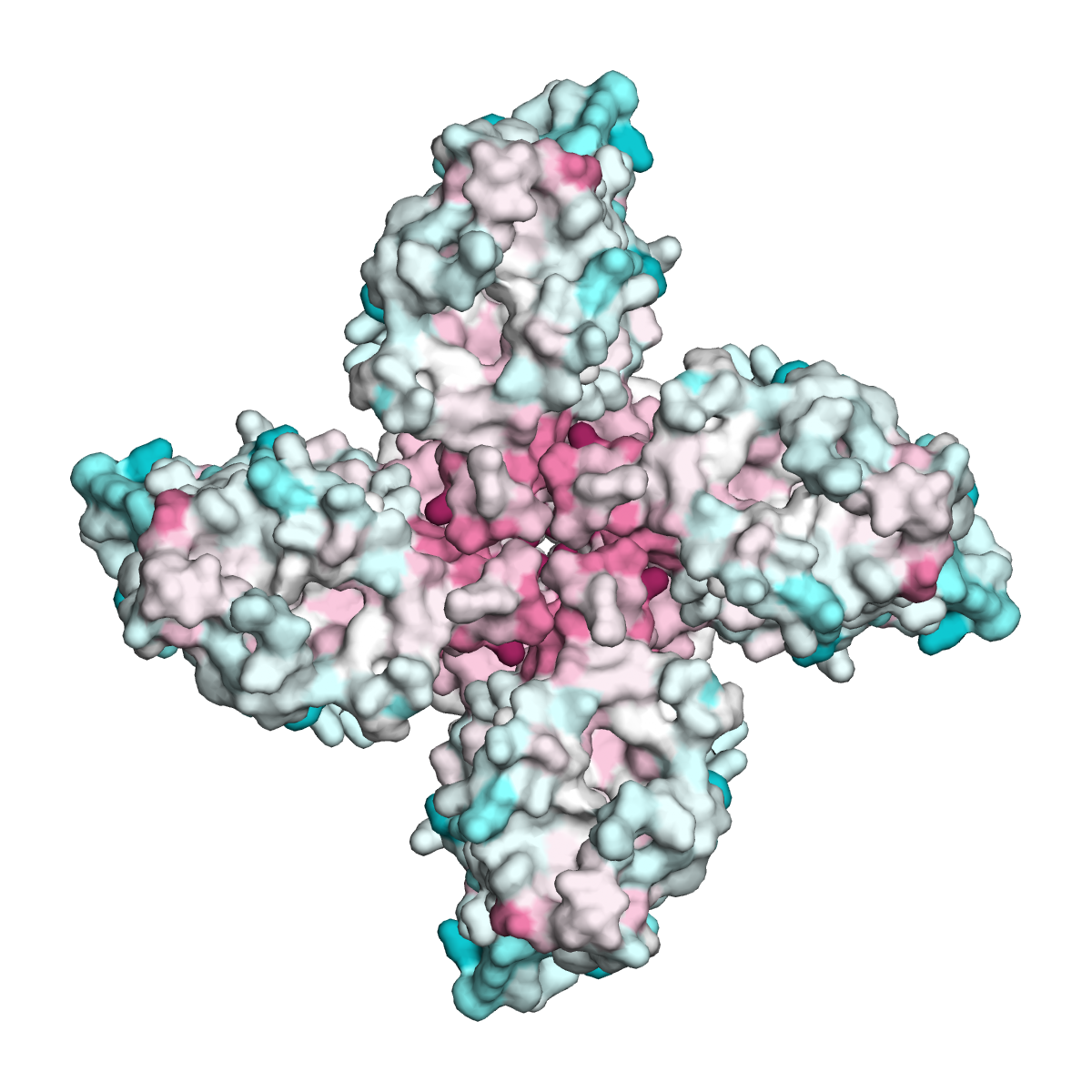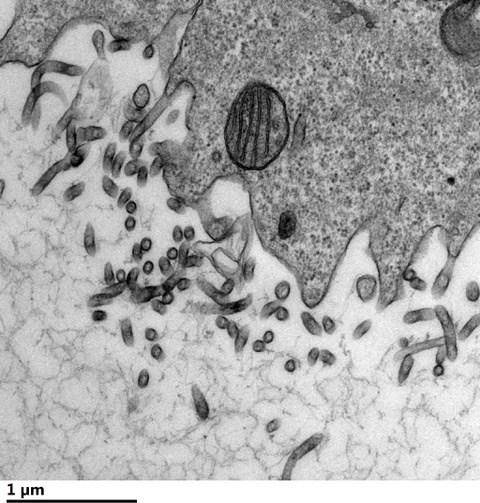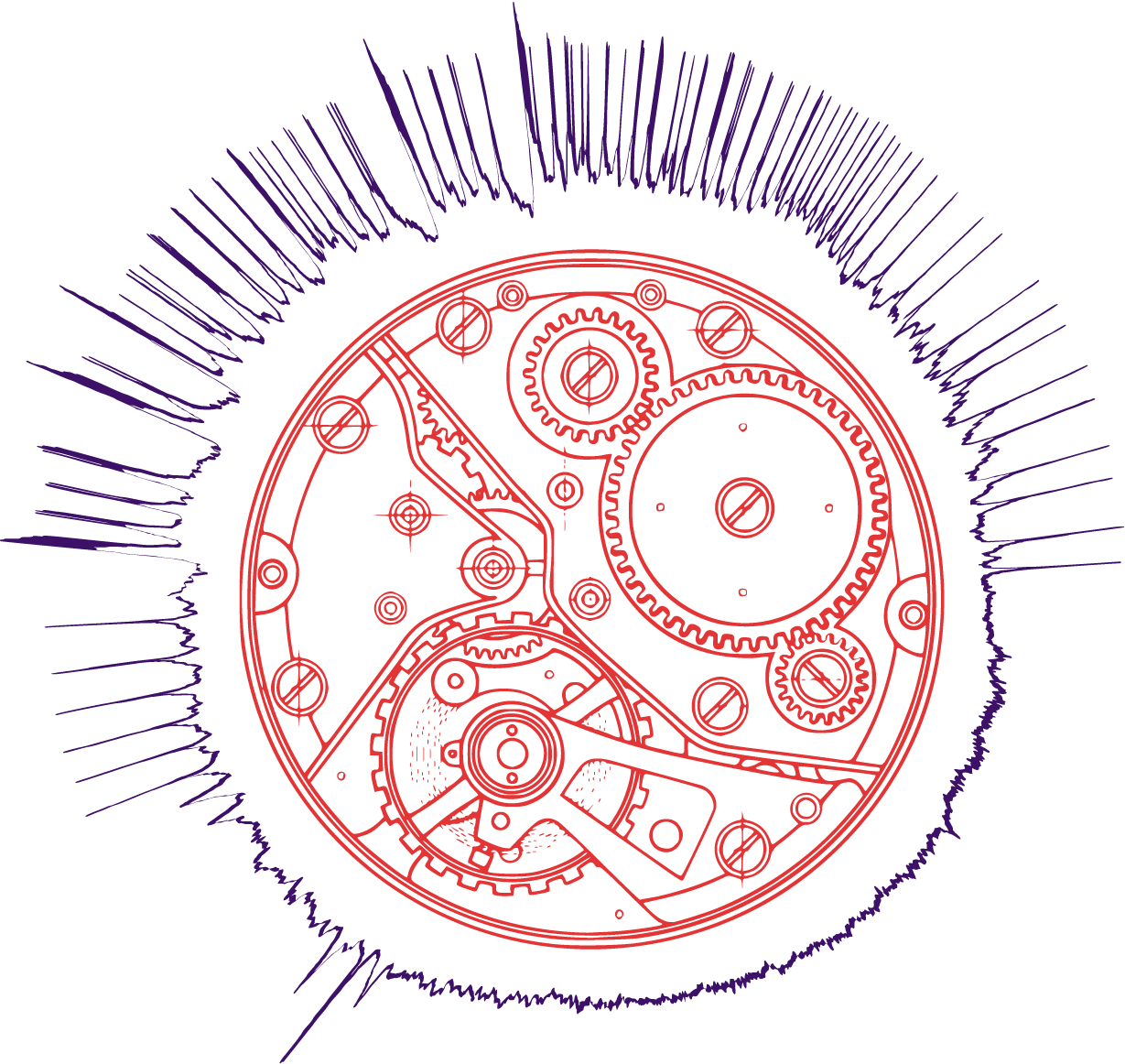More than half of all cancer patients undergo radiation therapy and the dose is critical. Too much and the surrounding tissue gets damaged, too little and the cancer cells survive.
Tag: Biophysical Society 64th Annual Meeting

Parkinson’s Disease Protein Structure Solved Inside Cells Using Novel Technique
The top contributor to familial Parkinson’s disease is mutations in leucine-rich repeat kinase 2 (LRRK2), whose large and difficult structure has finally been solved, paving the way for targeted therapies.
Like a Microscopic Mars Rover, a New Technique Tracks Individual Protein Movement on Live Cells
The piece of gold that Richard Taylor was thrilled to track down weighed less than a single bacterium. Taylor, a postdoctoral fellow at the Max Planck Institute, was working to follow individual nanogold-labeled molecules that move just nanometers, billionths of a meter.

Insects’ Ability to Smell is Phenomenally Diverse, a New Protein Structure Hints at How
Mosquitoes find us by our odor molecules binding to odor receptors on their antennae, bees are drawn to flowers the same way, whereas ticks detect an approaching host using receptors on their forelegs.

Researchers Show How Ebola Virus Hijacks Host Lipids
Robert Stahelin studies some of the world’s deadliest viruses. Filoviruses, including Ebola virus and Marburg virus, cause viral hemorrhagic fever with high fatality rates. Stahelin, professor at Purdue University, examines how these viruses take advantage of human host cells.
Technique Can Label Many Specific DNAs, RNAs, or Proteins in a Single Tissue Sample
A new technique can label diverse molecules and amplify the signal to help researchers spot those that are especially rare. Called SABER (signal amplification by exchange reaction), Peng Yin’s lab at Harvard’s Wyss Institute first introduced this method last year and since have found ways to apply it to proteins, DNA and RNA.

Cancer Immunotherapy Target Helps Fight Solid Tumors
Yvonne Chen engineers immune cells to target their most evasive enemy: cancer. New cancer immunotherapies generate immune cells that are effective killers of blood cancers, but they have a hard time with solid tumors.
New High-Throughput Method to Study Gene Splicing at an Unprecedented Scale Reveals New Details About the Process
Genes are like instructions, but with options for building more than one thing. Daniel Larson, senior investigator at the National Cancer Institute, studies this gene “splicing” process, which happens in normal cells and goes awry in blood cancers like leukemia.

What Induces Sleep? For Fruit Flies It’s Stress at the Cellular Level
Sleep-deprived fruit flies helped reveal what induces sleep. University of Oxford researchers Anissa Kempf, Gero Miesenböck, and colleagues reveal that fruit fly sleep is driven by oxidative stress, the imbalance of free radicals and antioxidants in the body.